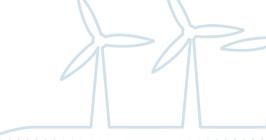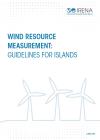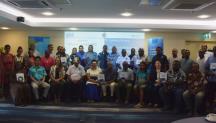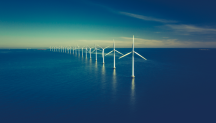

Wind Resource Measurement: Guidelines for Islands
Newsletter
Renewable energy technologies, including wind power, can help even the most remote islands achieve energy security and sustainability, while cutting fuel import costs. This extensive study from the International Renewable Energy Agency (IRENA) provides guidelines for islands to conduct detailed resource measurements, in order to ensure optimal siting of wind turbines for power generation.
The guidelines offer insights on the goals of measurement campaigns, the basics of wind resource assessment, selection of sites for wind projects and wind monitoring, and the number and placement of measurement systems. Different types of tall towers and sensors, remote sensing systems, installation and operation, and data storage and retrieval are also examined, along with quality control and data validation procedures.
For remote island communities with limited cellular telephone coverage, on-site data collection is likely to be more effective than remote data collection. The often limited availability of trained technical staff, particularly on smaller islands, favours simple, robust wind measurement equipment, such as fixed-lattice towers, with limited maintenance requirements. Participation by local firms in tasks such as the erection of towers can reduce shipping costs as well as create jobs and build community support.
With expert guidance and training, most island communities possess the capability to conduct wind measurement campaigns that meet the needs of financial institutions, investors and other stakeholders.




